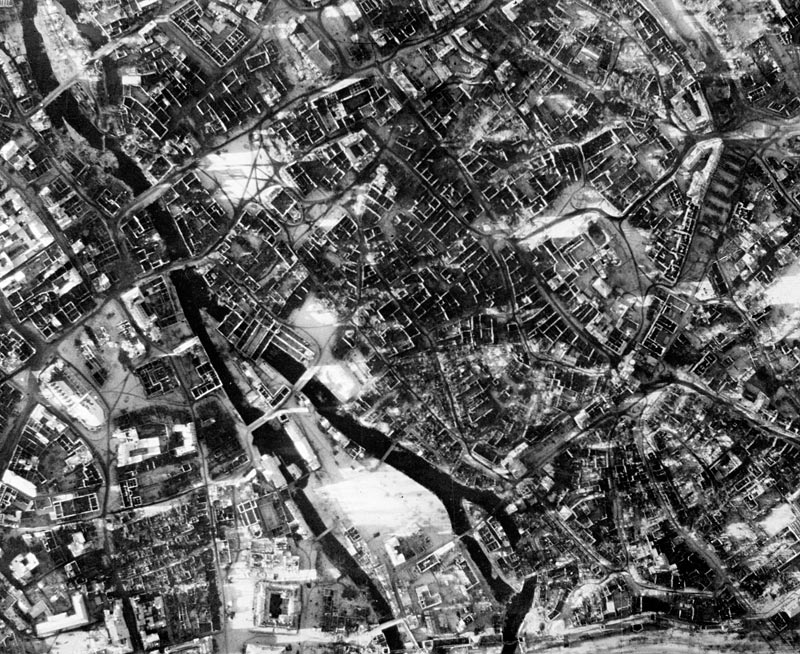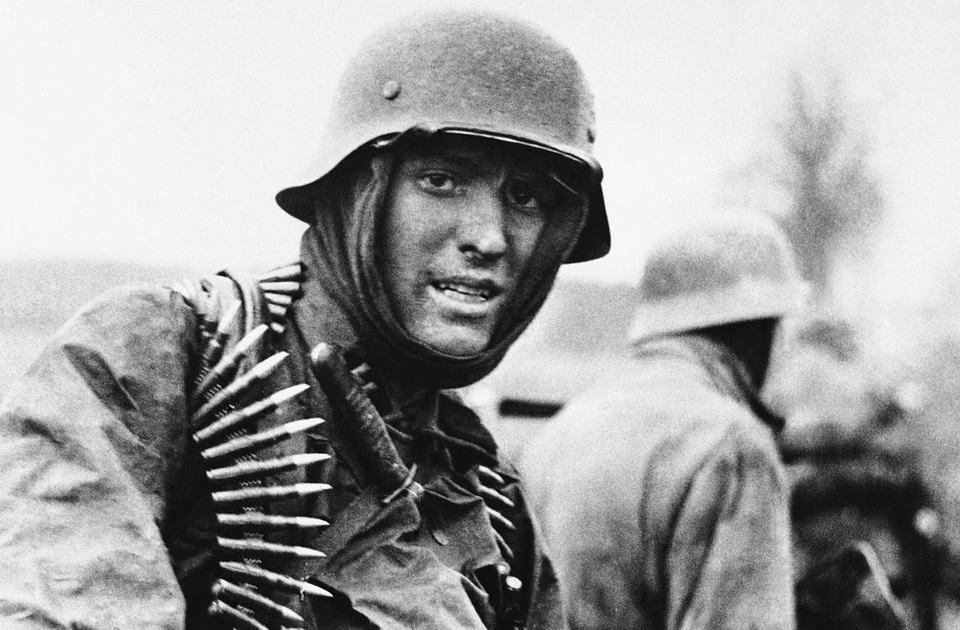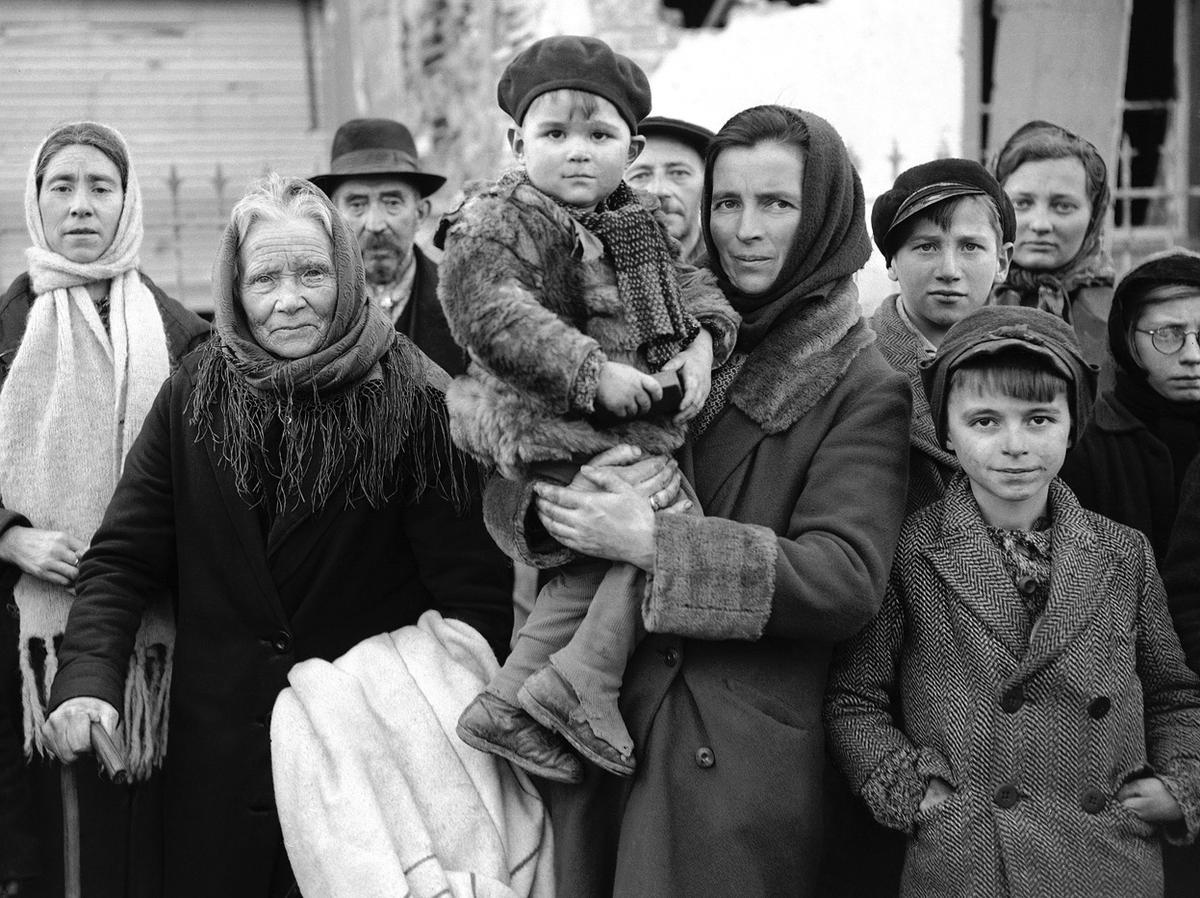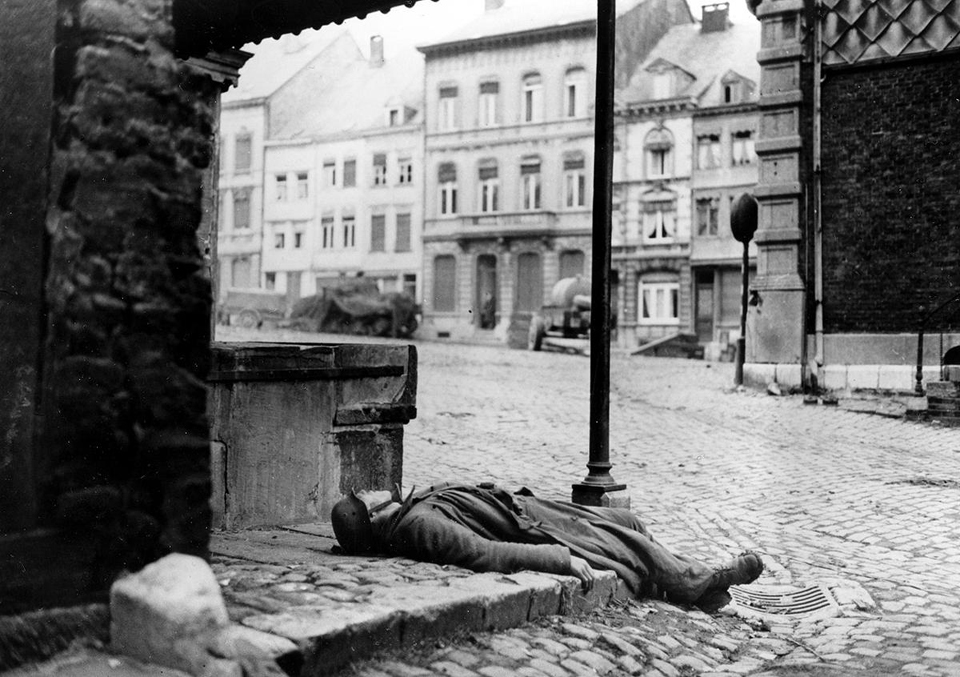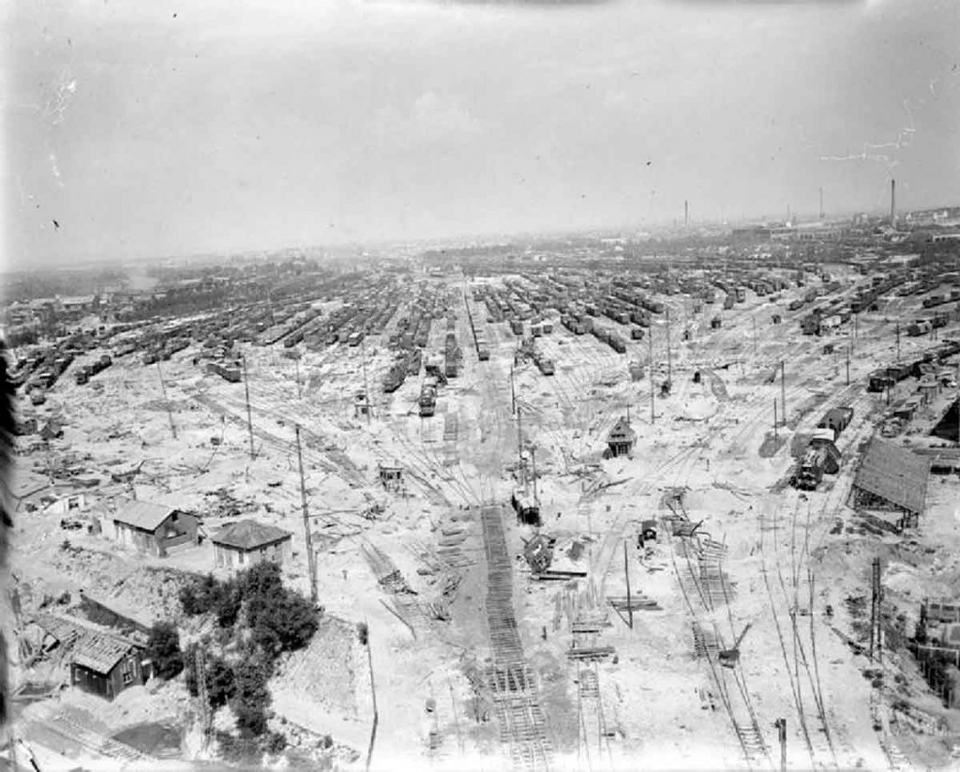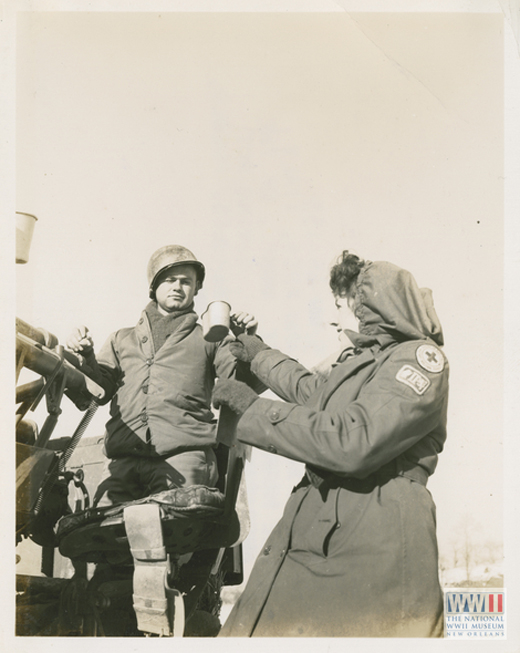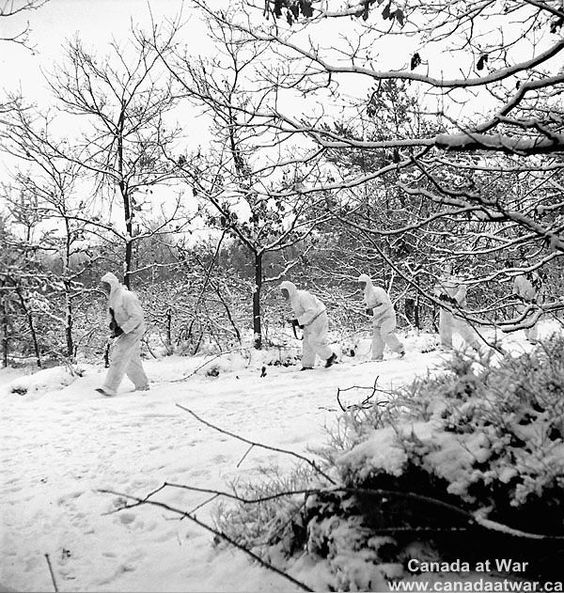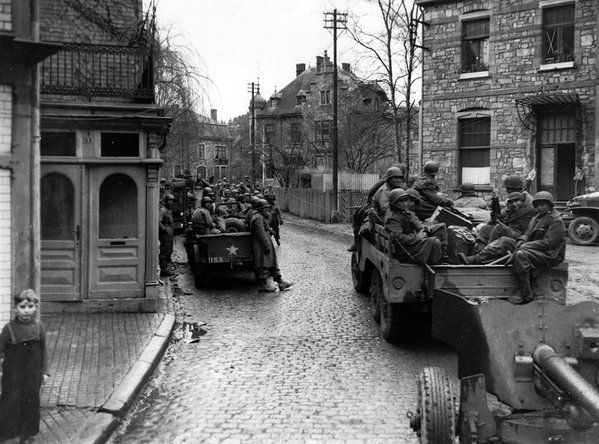Air Operations, Bonin and Volcano Islands
- 14 VII Bomber Command B-24s attack Iwo Jima, and 12 B-24s attack Haha Jima.
- During the night, 10 VII Bomber Command B-24s conduct snooper raids against Iwo Jima.
Air Operations, CBI
BURMA- 66 10th Air Force P-47s and 13 459th Fighter Squadron P-38s attack troops and supplies at 9 locations.
- 6 14th Air Force B-25s attack Kengtung.
- More than 30 14th Air Force P-51s and P-40s attack rail and other targets of opportunity in the Burma–China frontier area.
- 44 of 49 58th Very Heavy Bomb Wing B-29s dispatched from Calcutta attack a rail bridge in Bangkok with 179 tons of bombs while 2 of the B-29s attack alternate targets.
Air Operations, East Indies
B-24s and various other FEAF aircraft attack several targets in the Celebes and Molucca Islands areas.
[Air Operations, Europe
1,000 US bombers hammer troop concentrations and communications in western Germany. 1,000 RAF bombers attack Nuremburg and Ludwigshafen.
RAF BOMBER COMMANDDaylight Ops:
Minor Ops:
- 2 Hudsons fly Resistance operations without a loss.
- 514 Lancasters and 7 Mosquitos of Nos. 1, 3, 6 and 8 Groups are sent to bomb Nuremberg. Nuremberg, the scene of so many disappointments for Bomber Command, finally succumbs to this attack. The Pathfinders produce good ground-marking in conditions of clear visibility and with the help of a rising full moon. The center of the city, particularly the eastern half, is destroyed. The castle, the Rathaus, almost all the churches and about 2,000 preserved medieval houses go up in flames. The area of destruction also extends into the more modern northeastern and southern city areas. The industrial area in the south, containing the important MAN and Siemens factories, and the railway areas are also severely damaged. 415 separate industrial buildings are destroyed. It is a near-perfect example of area bombing.
- 4 Lancasters are lost and 2 crash in France.
- 389 aircraft including 351 Halifaxes, 22 Lancasters and 16 Mosquitos of Nos. 4, 6 and 8 Groups attack Ludwigshafen. The aiming point for this raid is the area of the two I. G. Farben chemical factories. The bombing is accurate, with severe damage to the main I. G. Farben factory and to the same firm's factory at nearby Oppau. Estimated totals of 500 high-explosive bombs and 10,000 incendiaries fall inside the limits of the 2 factories, causing much damage. 10 large, 30 medium and 200 small fires are recorded at the main factory. Production failure at both plants is complete because of 'loss of power'. 13 other industrial firms and several railway installations are also hit. The train of a railway repair unit is destroyed.
- 1 Halifax which crashes in France is the only loss.
- 53 Mosquitos are sent to Berlin, 9 to Castrop-Rauxel and 7 to Hanau, and there are 41 Mosquito patrols and 49 RCM sorties.
- 2 Mosquitos are lost, 1 each from the Berlin raid and the Castrop-Rauxel raid.
GERMANY:
- 283 1st Air Division B-17s attack a marshalling ard and five communications centers in western Germany.
- 282 2nd Air Division B-24s attack five rail bridges.
- 240 3rd Air Division B-17s attack marshalling yards, rail bridges, and rail junctions.
- 128 3rd Air Division B-17s attack German Army tank concentrations.
- 23 heavy bombers attack targets of opportunity.
- 4 heavy bombers and 3 of 492 VIII Fighter Command escorts are lost.
- 8th and 0th Air Force fighter pilots down 14 Luftwaffe fighters over Germany between 0910 and 1615 hours.
ETO:
- 135 9th Air Division bombers attack communications targets and rail bridges in Germany and Belgium.
ITALY:
- XXII TAC P-47s attack rail lines and road and rail targets in the Po River valley and Brenner Pass as well as a marshalling yard at Milan.
- During the night, XXII TAC A-20s attack the Ghedi Airdrome, vehicles and pontoon bridges in the Po River valley.
Air Operations, Marianas
- 6th Night Fighter Squadron P-61 crews down a G4M 'Betty' bomber and a P1Y 'Galaxy' bomber near Tinian at 0450 and 0600, respectively.
- A 318th Fighter Group P-47 downs a C6N 'Myrt' reconnaissance plane near Tinian at 1255 hours.
Air Operations, Philippines
- 22nd Heavy Bomb Group B-24s attack the Mabalacat airfield on Luzon.
- V Bomber Command B-25s attack airfields in the Batangas area.
- A-20s and V Fighter Command P-38s attack the harbor at San Fernando, Luzon.
- B-25s, A-20s, and fighter-bombers attack various targets in the central Philippines.
- 82nd Tactical Reconnaissance Squadron F-6s down 2 Ki-46 'Dinah' reconnaissance planes near Tagudin at unspecified times.
- During the night, Japanese aircraft attack the Mindoro airfields, where they destroy or severely damage 17 8th Fighter Group P-38s and 7 417th Light Bomb Group A-20s on the ground.
Allied Command
(when?) Adm Sir Bertram Ramsay, Naval Commander in Chief of Allied forces in Europe, is killed in an air accident while on his way to meet Montgomery.
[Eastern Front
There are German counterattacks northwest of Budapest which aim to relieve the siege of the city. The main forces involved in this offensive are 2 SS Pzr Divs which have been withdrawn from the reserve in the more important Warsaw sector without the consent or knowledge of Guderian, the Army Chief of Staff.
SOUTHERN SECTORThe IV SS Panzer Corps counterattacks from Komarno, pushing back the surprised 4th Guards Army. In bitter fighting the SS throws the Soviets back 20 miles. At Bicske the 4th Guards try to halt the German drive before it reaches Budapest. Bloody fighting rages through the day. There is also heavy fighting inside Budapest as the German and Hungarian forces counterattack.
[Italy
There is limited activity on the east bank of the Senio, in the British 8th Army sector, to complete the liberation of the sector. The 5th Arm Div, Canadian I Corps, moving north toward the sea, takes Conventelle.
[Occupied Denmark
Danish undergound forces destroy a factory in Copenhagen producing V-2 parts.
[Pacific
The US submarine Becuna (SS-319) sinks the Japanese ship Daian Maru east of Madoera Island.
[Philippines
From January 2nd to 5th the various transport, bombardment and escort carrier groups for the US landings on Luzon leave their bases on Leyte. There are 6 battleships, 16 escort carriers, 10 cruisers and many destroyers, landing craft and transports of all kinds. Several of the cruisers and destroyers are Australian. From January 3 the American movements are detected by the Japanese and attacks by midget submarines, kamikaze planes and small surface ships begin. On January 4 the escort carrier Ommaney Bay is badly damaged by a kamikaze and has to be abandoned. On the 5th 2 escort carriers, 2 cruisers and several smaller ships are damaged. The cruiser Boise, with Gen MacArthur aboard, has a narrow escape from a torpedo attack. One Japanese destroyer is sunk by US planes.
On January 6 Adm Oldendorf's battleship groups enter Lingayen Gulf to begin the preliminary bombardment and come under heavy attack. One minesweeper is sunk and 2 battleships, 4 cruisers, and 6 destroyers are damaged. There are more attacks on the 7th and 8th, but these are less effective, hitting 2 escort carriers and the cruiser Australia for the second time. In the night of January 7th there is the last surface engagement of the Pacific campaign in which a single attacking Japanese destroyer is sunk by 4 US ships.
The US Oiler Cowanesque (AO-79) is damaged by a suicide plane in the Luzon area.
The Japanese coast defense vessel No. 138 is sunk by US Army aircrat in the Philippine Islands area.
On Mindoro Island the Americans begin the construction of 2 airfields to be used by heavy bombers. The Japanese air force attacks the other airfields on the island, destroying 22 American aircraft on the ground.
[United States, Technology
An American Sikorsky helicopter is used in convoy escort duties for the first time.
[Western Front
In the Ardennes sector the divisions of the VIII Corps, US 3rd Army, continuing their advance to the east Gerimont is taken by the 87th Div, Mande St Etienne by 11th Arm and Senonchamps by 10th Arm. The corridor into Bastogne is expanded by the US 4th Arm Div. On the German side Gen von Manteuffel, commanding the 5th Panzer Army, asks Model, who commands Army Group B, for authority to withdraw his troops toward Houffalize. Model, who is himself in favor of such a withdrawal, is obliged to pass on the request to Hitler, and Hitler of course refuses. The Führer does not want to give up the Ardennes salient, because that is the only way he can keep the Allies engaged on a greatly extended front, and so prevent them from concentrating troops in the north, as is the intent for launching Operation NORDWIND, for a new offensive toward the Ruhr.
In the 7th Army sector, German pressure continues; especially critical is the situation of the US VI Corps, which begins its withdrawal to prepare its defense on the Maginot Line.
[Images from January 2, 1945
|
|
|
|
|
|
|
|
|
|

